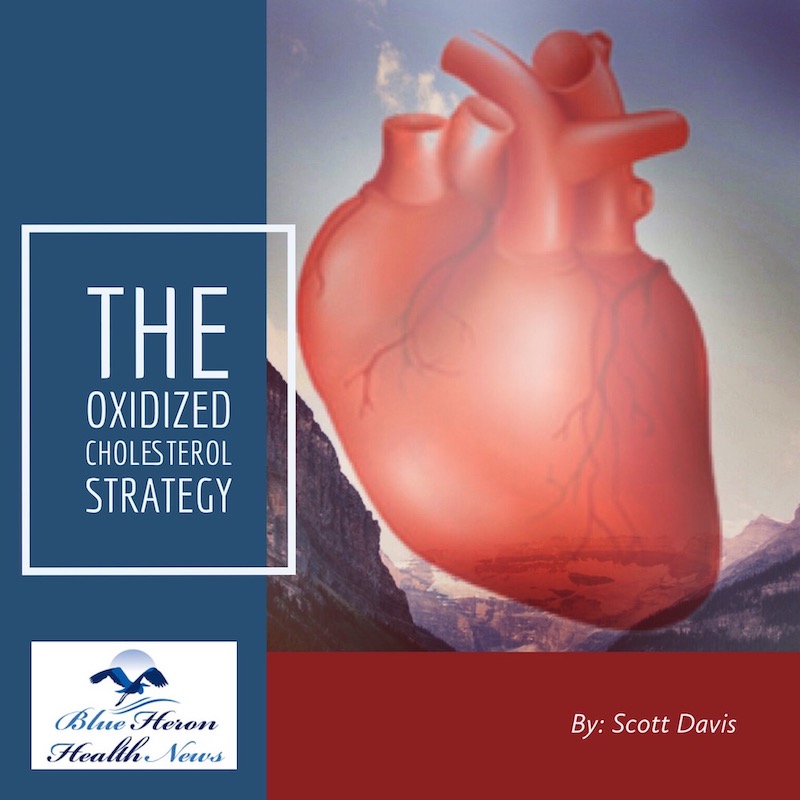Introduction: Cardiovascular diseases (CVDs) are a group of disorders affecting the heart and blood vessels, and they are the leading cause of death globally. This comprehensive article aims to explore various aspects of cardiovascular diseases, including their types, causes, symptoms, diagnosis, treatment, and prevention strategies.
Types of Cardiovascular Diseases
- Coronary Artery Disease (CAD): This is the most common type of heart disease, resulting from atherosclerosis, where plaques build up in the coronary arteries, reducing blood flow to the heart.
- Heart Failure: A condition where the heart cannot pump blood efficiently, leading to inadequate blood supply to meet the body’s needs.
- Arrhythmias: These are irregular heartbeats caused by problems in the heart’s electrical system.
- Valvular Heart Disease: Involves damage to or defects in one of the four heart valves.
- Hypertensive Heart Disease: Caused by high blood pressure, leading to heart muscle thickening and heart failure.
- Rheumatic Heart Disease: Resulting from rheumatic fever, caused by streptococcal bacteria, affecting heart valves.
- Congenital Heart Disease: Heart structure defects present from birth.

Causes and Risk Factors CVDs stem from a combination of genetic, environmental, and lifestyle factors. Key risk factors include:
- Hypertension (High Blood Pressure): A significant risk factor for heart disease and stroke.
- High Cholesterol Levels: Leads to plaque formation in arteries.
- Diabetes: Increases the risk of CVDs, particularly if blood sugar levels are not well controlled.
- Smoking: A major cause of coronary heart disease.
- Obesity: Associated with increased risk of heart disease, hypertension, and diabetes.
- Physical Inactivity: Contributes to hypertension, obesity, and diabetes.
- Unhealthy Diet: Diets high in saturated fats, trans fats, and sodium increase CVD risk.
- Family History and Genetics: A family history of CVD increases risk.
- Age and Gender: Risk increases with age; men are at higher risk at a younger age.
Symptoms and Signs Symptoms vary depending on the specific type of CVD, but common signs include:
- Chest Pain (Angina)
- Shortness of Breath
- Palpitations
- Weakness or Dizziness
- Swelling in Legs, Ankles, and Feet
- Fatigue
Diagnosis: Diagnosis of CVDs involves several steps
- Patient History and Physical Examination: Initial assessment of symptoms and risk factors.
- Blood Tests: To check for cholesterol levels and other markers.
- Electrocardiogram (ECG): Records the electrical activity of the heart.
- Echocardiogram: Uses ultrasound to visualize heart structure and function.
- Stress Testing: Assesses heart function under physical stress.
- Cardiac Catheterization and Coronary Angiogram: Used to visualize blockages in the coronary arteries.
Treatment Treatment depends on the specific type and severity of the disease:
- Lifestyle Changes: Essential for all CVD patients, including diet, exercise, and smoking cessation.
- Medications: May include blood thinners, cholesterol-lowering drugs, beta-blockers, ACE inhibitors, and diuretics.
- Surgical Procedures: Such as angioplasty to open blocked arteries or bypass surgery.
- Pacemakers and Defibrillators: For some types of arrhythmias.
Prevention Prevention of CVDs involves managing risk factors:
- Healthy Diet: A diet rich in fruits, vegetables, whole grains, and lean proteins.
- Regular Physical Activity: At least 150 minutes of moderate-intensity exercise per week.
- Maintaining a Healthy Weight
- Avoiding Tobacco Use
- Managing Stress
- Regular Health Check-ups: Monitoring blood pressure, cholesterol levels, and diabetes management.
The Role of Public Health Initiatives:
Public health initiatives play a crucial role in CVD prevention, including promoting healthy lifestyles, creating policies that reduce risk factors (like smoking bans), and improving access to healthcare.
Conclusion Cardiovascular diseases remain a significant global health challenge, but with effective management of risk factors, early detection, and appropriate treatment, the impact of these diseases can be significantly reduced. Ongoing research and public health efforts continue to play a vital role in improving the outcomes for individuals with CVD.




0 Comments